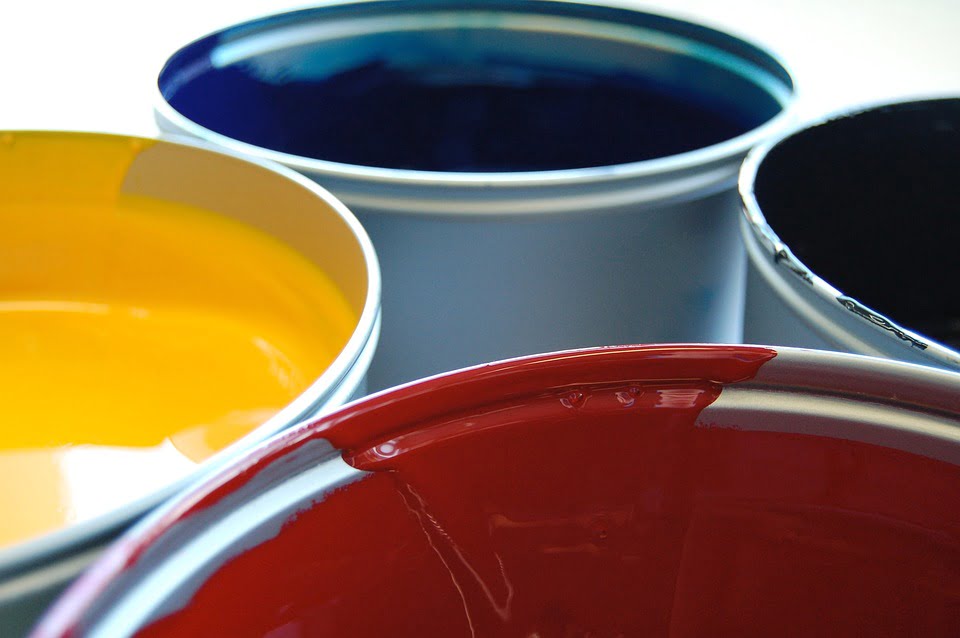T-shirt printing is more than just a method to put images on fabric—it’s an art form that blends creativity with technology. Whether you’re a budding entrepreneur looking to launch a fashion brand, or a hobbyist wanting to create custom gifts, understanding the various t-shirt printing techniques and the tools available can elevate your projects. In this ultimate guide, we’ll explore the most popular t-shirt printing techniques, the tools required, and tips to achieve the best results.
Popular T-Shirt Printing Techniques
1. Screen Printing
Overview:
Screen printing, also known as silk screening, is a traditional method that uses a stencil (or screen) to apply layers of ink on the t-shirt. Each color requires a different screen, making it ideal for designs with limited colors.
Pros:
- Vibrant and durable prints
- Cost-effective for large volumes
- Suitable for a wide range of fabrics
Cons:
- Not ideal for complex, multicolor designs
- High setup cost for small quantities
Tools You Need:
- Screens and frames
- Squeegees
- Emulsion and exposure unit
- Ink
2. Direct-to-Garment (DTG) Printing
Overview:
DTG printing uses inkjet technology to print directly onto the garment. This method allows for intricate designs and a wide color palette.
Pros:
- Great for complex, multi-color prints
- No minimum order quantity
- Quick setup time
Cons:
- Slower for large-scale production
- Higher cost per unit compared to screen printing
Tools You Need:
- DTG printer
- Pre-treatment machine (optional but recommended)
- Heat press
3. Heat Transfer Printing
Overview:
Heat transfer printing involves printing a design onto a special transfer paper and then using heat to transfer it onto the t-shirt. This is popular for on-demand printing and small batches.
Pros:
- Versatile and great for intricate designs
- Suitable for small runs
- Easy to use
Cons:
- Less durable compared to screen printing and DTG
- Can be less breathable
Tools You Need:
- Heat press
- Transfer paper
- Vinyl cutter (for vinyl transfers)
4. Sublimation Printing
Overview:
Sublimation printing uses heat to transfer dye onto the fabric. It is ideal for polyester fabrics and offers high-quality, durable results.
Pros:
- Long-lasting and won’t fade or crack
- Can produce vibrant colors
Cons:
- Only works on polyester or polyester-coated materials
- White or light-colored fabrics recommended
Tools You Need:
- Sublimation printer
- Sublimation ink
- Heat press
- Sublimation paper
5. Vinyl Cutting and Heat Pressing
Overview:
Vinyl cutting involves using a cutting machine to cut designs out of vinyl sheets, which are then transferred to the t-shirt using heat.
Pros:
- Very durable
- Ideal for simple designs and text
- No drying time
Cons:
- Not suitable for complex or multi-color designs
- Can feel heavy on the fabric
Tools You Need:
- Vinyl cutter
- Heat press
- Heat transfer vinyl
Tips for Achieving the Best Results
-
Choose the Right Fabric: The type of fabric affects the printing method you should choose. For instance, sublimation works best on polyester, while screen printing is versatile across various materials.
-
Use High-Quality Images: Always use high-resolution images for your designs. Poor quality images can result in blurry, pixelated prints.
-
Pre-Treatment: For DTG and some heat transfer processes, pre-treating the fabric can help the ink adhere better, resulting in vibrant and durable prints.
-
Correct Heat and Pressure: Whether you’re using a heat press for transfer printing or vinyl, ensure the temperature and pressure settings are correct for the material you’re using.
-
Test Runs: Always conduct a test run to make sure everything looks correct before printing a large batch. This helps to identify any issues early on and save materials.
- Proper Maintenance of Equipment: Regularly clean and maintain your equipment to ensure it performs at its best and extends its lifespan.
Conclusion
T-shirt printing offers endless possibilities for creativity and business opportunities. By understanding the different techniques and the tools required, you can select the best method that suits your needs and objectives. Whether you opt for the traditional reliability of screen printing or the modern flexibility of DTG, mastering these methods will help you create impressive and high-quality custom t-shirts. Happy printing!



